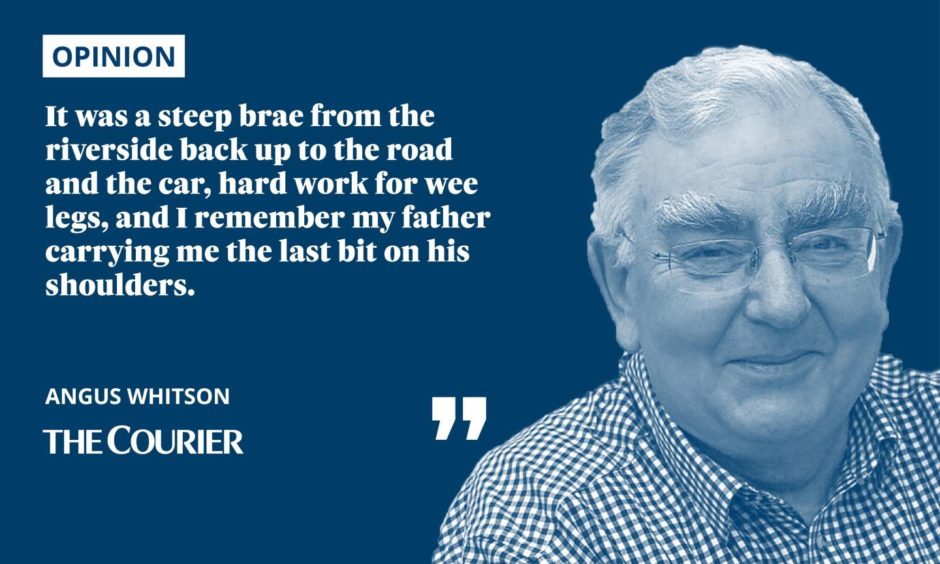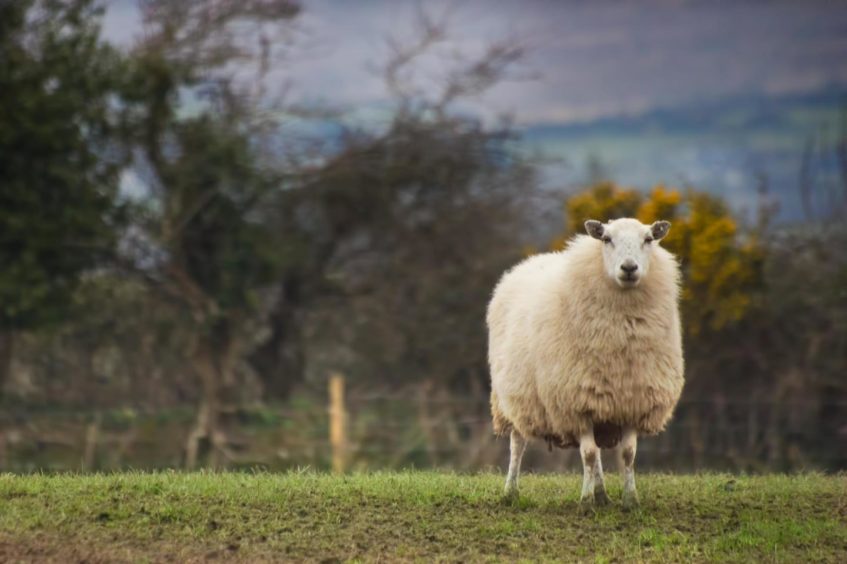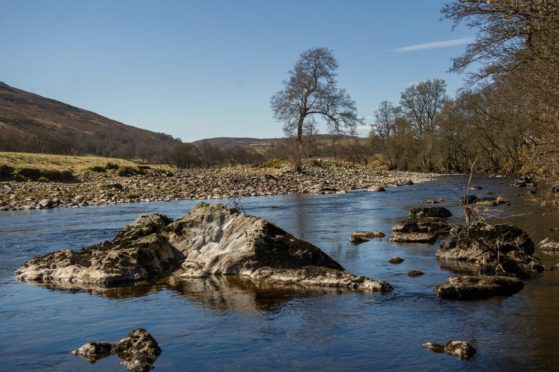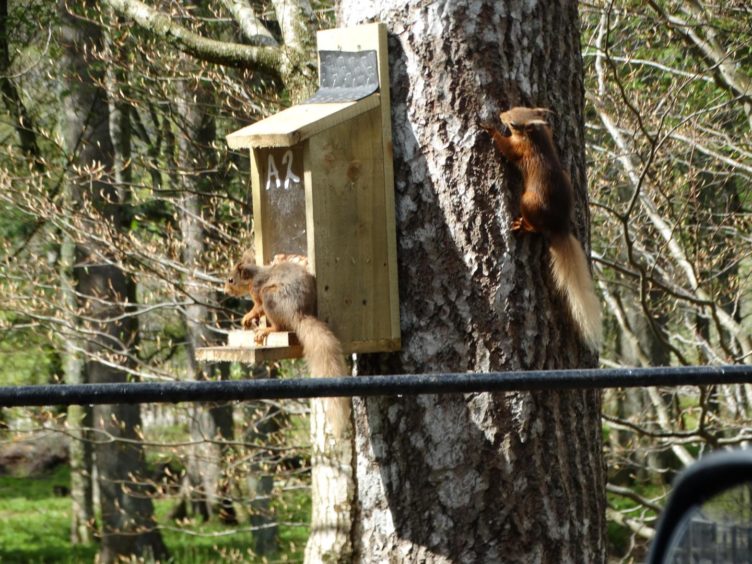Sometimes, when photographing wildlife, all you can do is grab your camera, hope the settings are right and the light is right, hope your subject doesn’t move and point and click.
And then you hope you’ve got the picture you thought you’d taken.
That’s how it was for me earlier in the week.
As I drove into Glenesk – regular readers know it is my favourite glen – low-lying ragged clouds were breaking up and a weak sun was softening the austerity of the winter-brown face of the landscape.

I didn’t know what I was looking for, or what I hoped to see, but I wasn’t driving aimlessly as I knew the Glen would provide me with inspiration to start this week’s column.
I enjoyed the familiarity of it all, knowing what to expect round each corner. Glenesk has been part of my life, all of my life.
My earliest memories of it go back to about 1946 when petrol became more available post-Second World War, and of picnics at a favourite spot of my mother’s on a flat haugh by the side of the River North Esk.
Mother knows best
She always built a fire and boiled water for tea, claiming it never tasted better than when brewed in the outdoors.
Looking back it seems strange now that she filled the kettle with water from the kitchen tap, stuffing the spout with greaseproof paper to stop spills, and carried it down to the riverside.
I’ve never known what possibly could have been her objection to fresh mountain water from the river – perhaps she had anxieties about the natural functions of sheep – but at that age it doesn’t cross your mind to question what your mother does.

It was a steep brae from the riverside back up to the road and the car, hard work for wee legs, and I remember my father carrying me the last bit on his shoulders. And I’ve been drawn to the glen ever since.
It’s remained largely unchanged since those early memories. There’s a handful of new houses, but most development has been by way of improvement to existing buildings.
You can see where, over the years, due to spates, parts of the river have changed course leaving the old shingle bed exposed. More recently plantations of woodland have been planted, in line with current conservation best practice.
Perfect timing
It all happened so quickly, just as I was passing the gates to Millden Lodge. I’d noticed that the estate has put up nesting boxes on trees along the roadside.
This in itself was noteworthy because I can’t think of another estate that has taken such a step. What caught my attention was a feeding box for squirrels, full of peanuts.
Right on cue a red squirrel appeared from round the other side of the tree – they rarely climb straight up or down, rather going round and round the trunk presumably as a deception strategy to outwit predators – and opened the lid of the feeder.
I just had time to grab my camera and point and click – thank goodness it’s idiot proof
Pulling out a peanut, which it held in its paws in their characteristic manner, it started feeding without giving me so much as a passing glance. I was stopped scarcely four yards away from the squirrel. I couldn’t believe it was so unfazed.
I thought the noise of the passenger window rolling down would spook it but it was the arrival of a second hungry squirrel that broke the spell.
I just had time to grab my camera and point and click – thank goodness it’s idiot proof so that even I can’t muck up such a lucky photo opportunity.
I knew then why I had come up the glen. I had my picture for my column.
A piece of advice for readers finding themselves in a similar situation is to leave the car engine running.
In my experience – and this was a classic example – you can make a certain amount of disturbance without unduly alarming wildlife but turn off the engine and the opportunity is lost. Why, I don’t know. It just is so.
Colour is returning
Continuing on to the head of the glen patches of wild primroses are flowering on the roadside verges. The brae faces are glowing with the rich, golden-yellow flowers of gorse, or whin. Colour is returning to the countryside.
One swallow may not make a summer but two house martins – my first of the year – swooping over me when I got to Tarfside must surely mean my prospects are brightening.
Heading back down the glen two peewits, lapwings, peasies, peesweeps – call them what you will – rose from of the heather.
I stopped to listen to their lisping, plaintive calls – p’weet, p’weet – and watch their wheeling, rolling, twisting aerobatic display.
They were such familiar birds when I was a youngster but their numbers have badly declined and now they are on the RSPB red list, meaning they are an endangered species and have high conservation priority.

